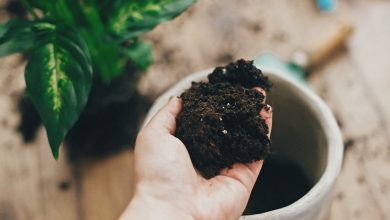Snow peas: [Characteristics, Cultivation, Care and Disadvantages]
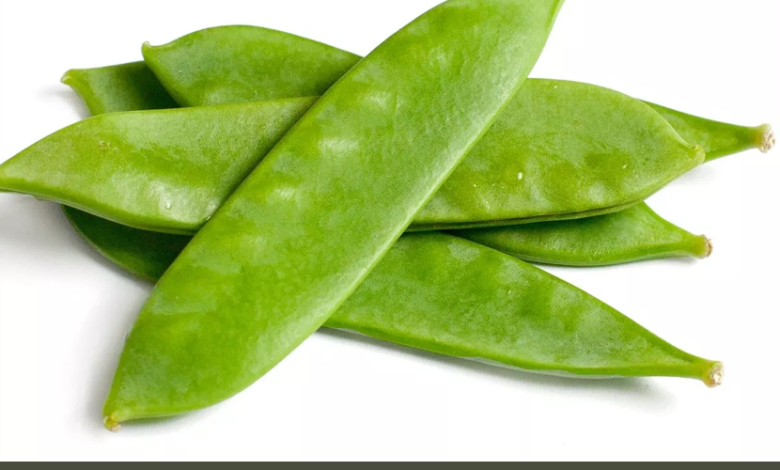
Important points when sowing Tirabeque:
- When? The best time of year to plant snow peas is in the spring, after the extremely low temperatures have passed.
- Where? Gardeners and experts recommend sowing snow peas in seedbeds, in pots, or directly in the ground at 3 seeds per hole.
- How do we water? Snow peas need moisture, but they can’t stand waterlogging that can cause problems and diseases caused by fungi.
- How often do we water? The irrigation of snow peas must be frequent and constant, since they do not support drought.
- What care does it require? Snow peas are not very demanding in terms of care for their cultivation. The soil or substrate for planting must be universal, but with enough nutritional elements.
- What pests and diseases affect you? Among the most common pests that affect snow peas are the well-known aphids, fungi, snails, slugs, and pea moths.
What characteristics does the mangetout plant have?
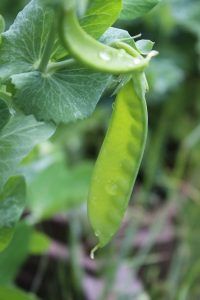 The snow peas plant (Pisum sativum subsp. Arvense), also known as bisalt, is a legume species of the Fabaceae family.
The snow peas plant (Pisum sativum subsp. Arvense), also known as bisalt, is a legume species of the Fabaceae family.
It is characterized by the shape of its fruit, which resembles a pod that is more flattened than that of peas. Unlike peas, snow peas have smaller seeds and a flatter, bright green pod.
It is a species native to the Mediterranean area and Asia, but its cultivation has spread throughout the world.
Snow peas are grown as vining plants by placing tutorials so that they grow upwards, preventing the fruits from touching the ground and facilitating aeration. They are edible and it is recommended to eat them once they are harvested and fresh, because as the days go by the pod becomes very hard and loses its flavor.
The snow peas plant goes by other names. In France: “pois gourmand”, “pois princesse” and “pois mange tout”; in England: “snow peas”; and in Italy: “taccola” and “piselli mangiatutto”.
Snow peas are a crop that begins to be harvested even before its fruits ripen. They contain vegetable proteins, vitamin B, vitamin C, minerals such as zinc, potassium, magnesium and also fiber.
According to studies, snow peas provide energy and are stimulants, but they are contraindicated in people with gastrointestinal problems, who are in the middle of diets and for those with slow digestion.
They are highly appreciated in Asian cuisine and also in Europe. In addition, they represent a very beneficial crop for those soils that are exhausted, after years of very demanding planting.
On the other hand, snow peas are appreciated for their decorative value because their bright red flowers and yellow fruits are very striking.
What varieties of snow peas are there?
Some of the snow peas varieties are:
By Weggis
Originally from Switzerland. It is a tall plant of 1.50 m in height and pods up to 10 cm in length.
Snowflake
Because its flowers are white. It reaches 1.50 m in height.
swiss giant
Its pods measure 8 cm and the plant can grow 1.50 m.
Opal Creek
North American variety, with pods are lemon yellow and very sweet.
Oregon hyper tendril
It is grown in the United States, it has violet flowers. The plant reaches a meter and is ideal for urban cultivation.
Sugar Magnolia
Violet-colored pod, with a sweet flavor with pods of 7 cm.
Carouby de Maussane
Original variety of France with pods of 8 cms. Very sensitive in cases of windy microclimate or strong winds.
When to sow snow peas?
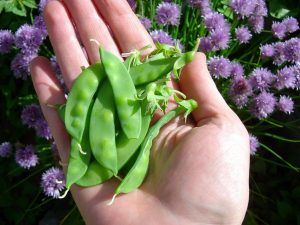 The best time of year to plant snow peas is during the spring once the low temperatures have passed.
The best time of year to plant snow peas is during the spring once the low temperatures have passed.
Experts suggest sowing snow peas between the months of August to February of each year.
Where to plant snow peas?
Gardeners and experts recommend sowing snow peas in seedbeds, in pots, or directly in the ground at 3 seeds per hole.
How do we water snow peas?
Snow peas need moisture, but they can’t stand waterlogging that can cause problems and diseases caused by fungi.
How often do we water the peas?
The irrigation of snow peas must be frequent and constant, since they do not support drought.
How to sow a snow peas step by step?
- Select the snow peas seeds, healthy and that are good material for planting.
- Select a pot, growing box or seedbed for planting the snow peas.
- Fill with universal substrate and with sufficient nutritional elements.
- Place the seeds 40 to 50 cm apart so that the plants can develop well
- Water abundantly at the time of irrigation and maintain the humidity of the crop, without flooding.
- Locate in a place in full sun.
- Place a guide or tutor so that it develops upwards to prevent its fruits from touching the ground.
- Harvest when the plant is with the fruits.
What care do snow peas need?
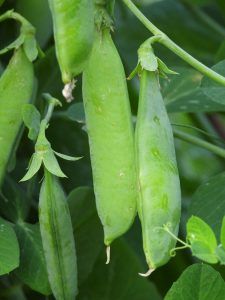 Snow peas are not very demanding in terms of care for their cultivation. The soil or substrate for planting must be universal, but with enough nutritional elements. Does not tolerate soils with high acid content.
Snow peas are not very demanding in terms of care for their cultivation. The soil or substrate for planting must be universal, but with enough nutritional elements. Does not tolerate soils with high acid content.
The location of the crop must be in full sun, although not in excess. It is a crop that tolerates moderate frosts well, however, it does not get along very well with intense heat.
It does not support long periods of drought, so it is recommended to keep the plant moist. Snow peas are not demanding when it comes to fertilization because it is a legume and can be grown in regions with cool temperatures, not less than 3º C.
What pests and diseases affect the mangetout plant?
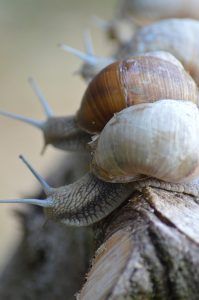 Among the most common pests that usually affect snow peas are the well-known aphids, fungi, snails, slugs and pea moths.
Among the most common pests that usually affect snow peas are the well-known aphids, fungi, snails, slugs and pea moths.
Snow peas give off a very strong odor that is capable of attracting aphids that settle on young shoots and forming pods.
Aphids are very small insects that affect the thalli of snow peas, sucking their aloe. They are dangerous pests because they have a great ability to reproduce and can compromise the entire crop.
To eliminate aphids, it is suggested to prepare a mixture of water with a little biodegradable soap to clean the plant well with a damp cloth. Snails also attack the pea plant and are often a difficult problem to eradicate.
To combat snails it is recommended to place traps and remove them manually. An authorized chemical treatment against molluscs is iron phosphate, because it exists naturally in the soil, is cheap, effective and respects biodiversity.
Excessive watering can cause fungal diseases in snow peas. There are preventive actions that can help to have a healthy and very productive snow peas crop, among them: programming the succession of crops and using adequate treatments for pests, among others.
Bibliographic references
- Snow peas cultivation, JME Cabezas, JI Sánchez – Horticulture: Industry magazine…, 1985 – dialnet.unirioja.es
- Snow peas: Possible alternatives in horticultural crops in Galicia, JM Amurrio, M Varela Varela, J Hernández-Nistal – 1995 – digital.csic.es
- Evaluation of pea varieties suitable for snap peas, JL Magallanes Magallanes, AM Ron Pedreira – 1998 – digital.csic.es
- Snow peas, a recovered pleasure, L Villar – Fertility of the land: organic farming magazine, 2017 – dialnet.unirioja.es
- Presence of “Mycosphaerella pinodes” causing disease in pea and sugar snap peas on the coast of Granada (Spain), FJ Carretero, FD Martínez … – Health bulletin…, 2008 – dialnet.unirioja.es

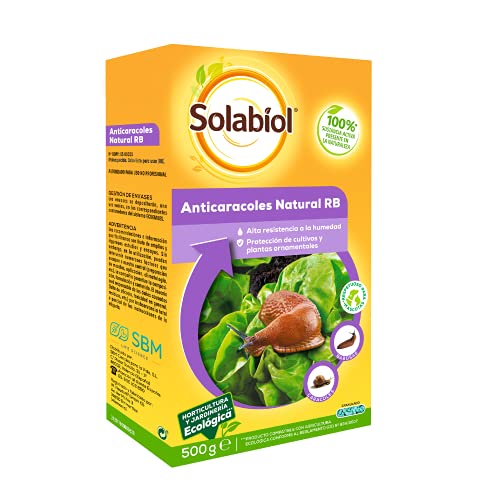
![Photo of The 10 Most Beautiful Air Plants [Features and photos]](https://www.complete-gardening.com/wp-content/uploads/2022/08/the-10-most-beautiful-air-plants-features-and-photos-390x220.png)


